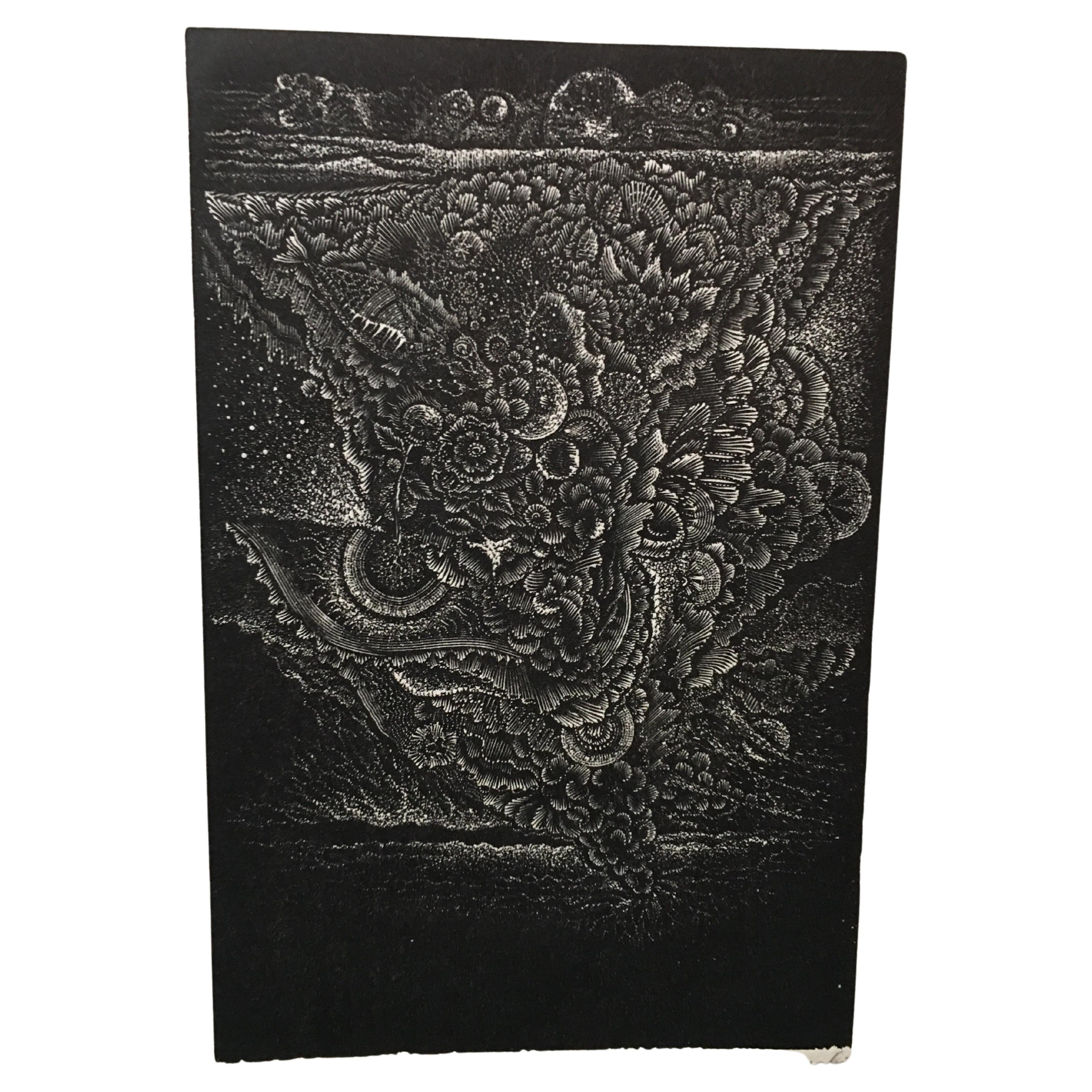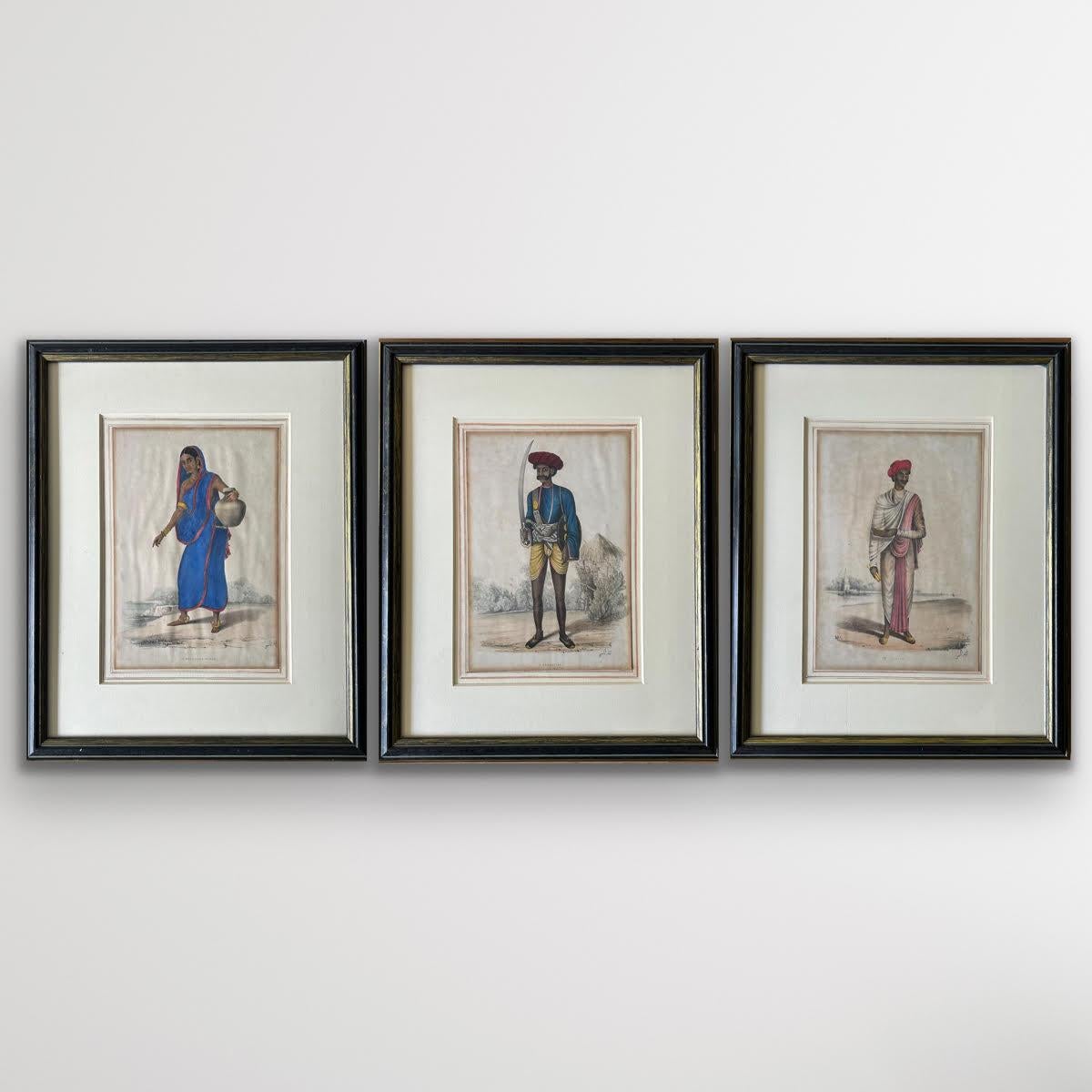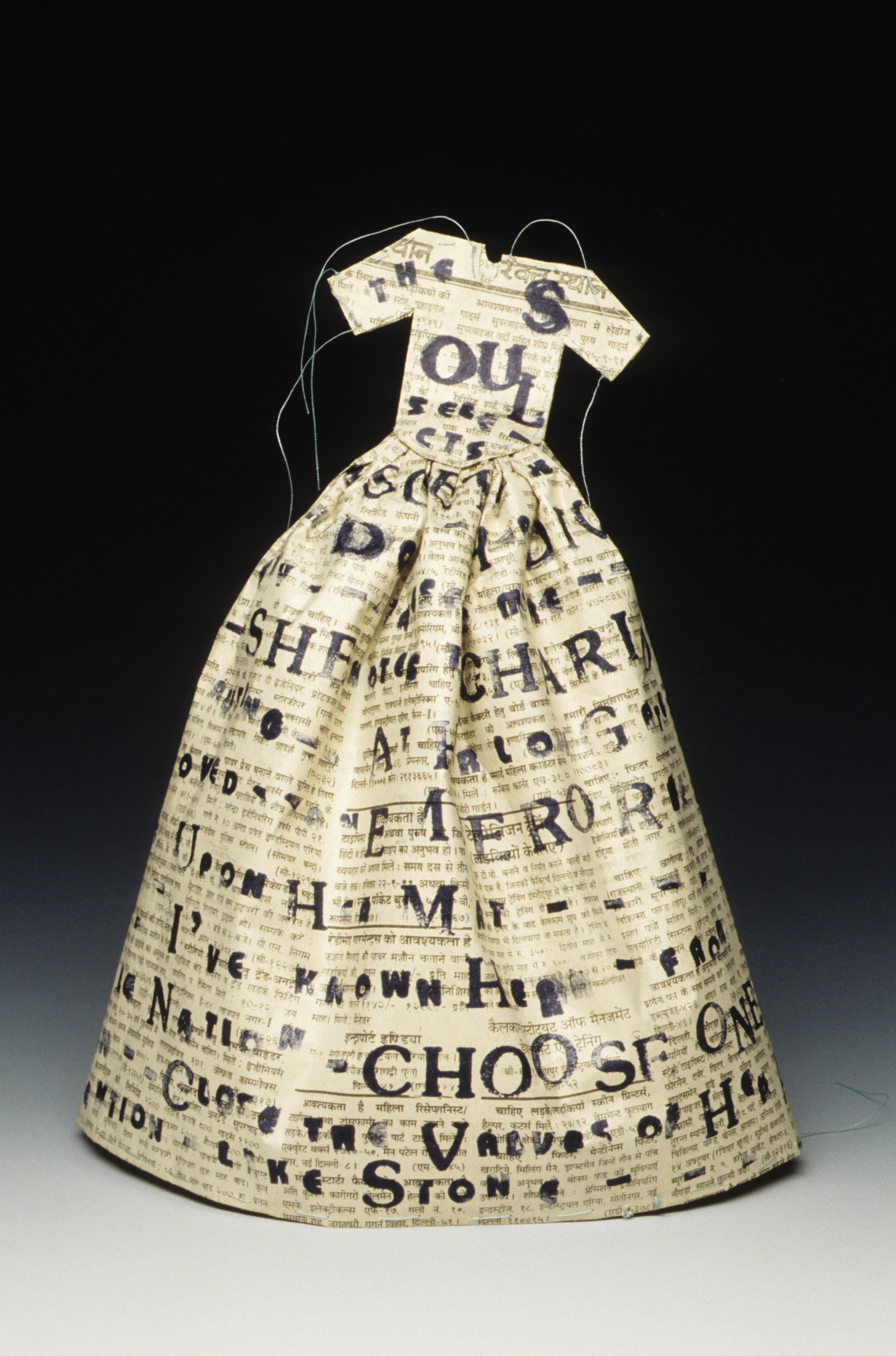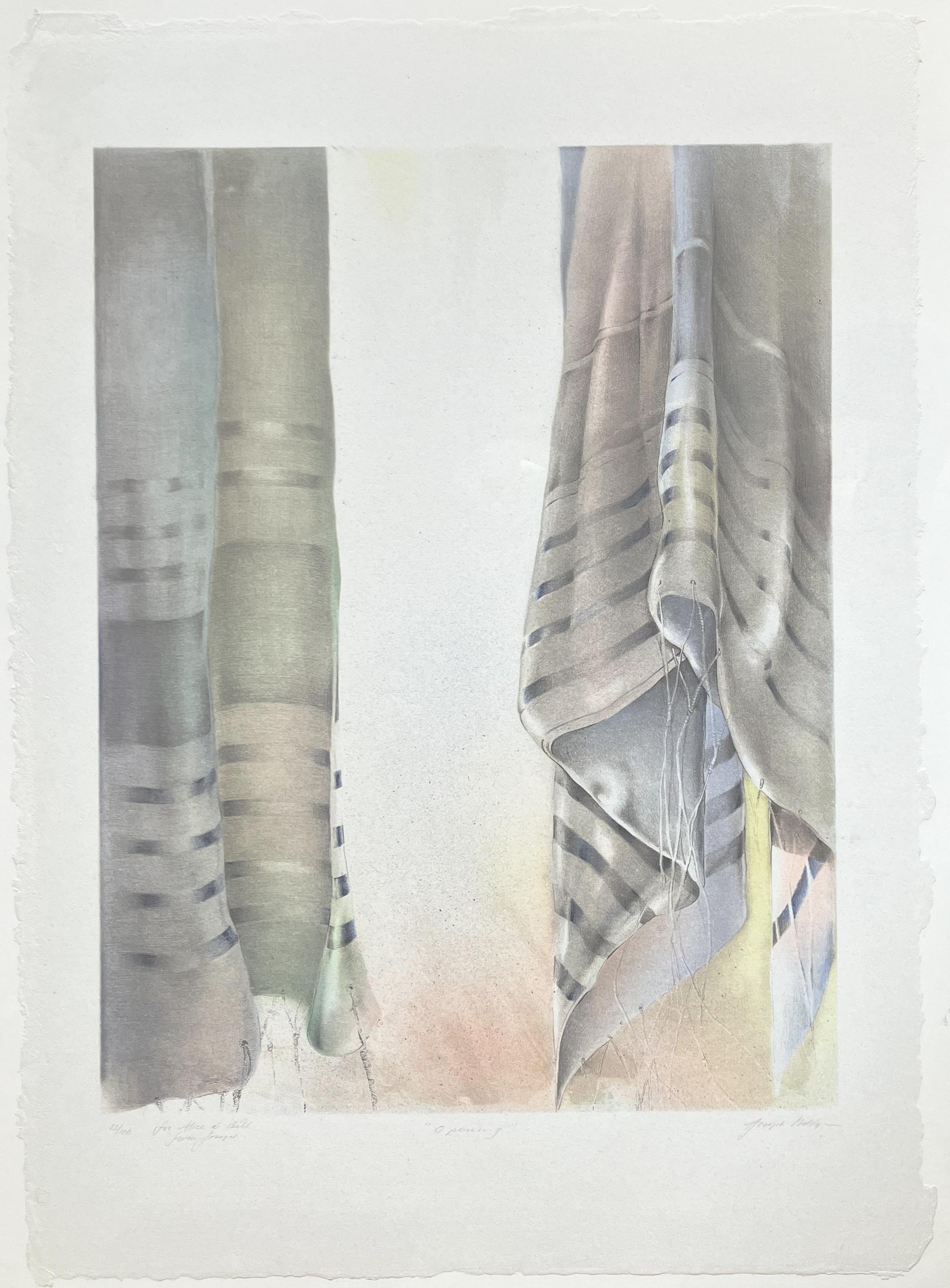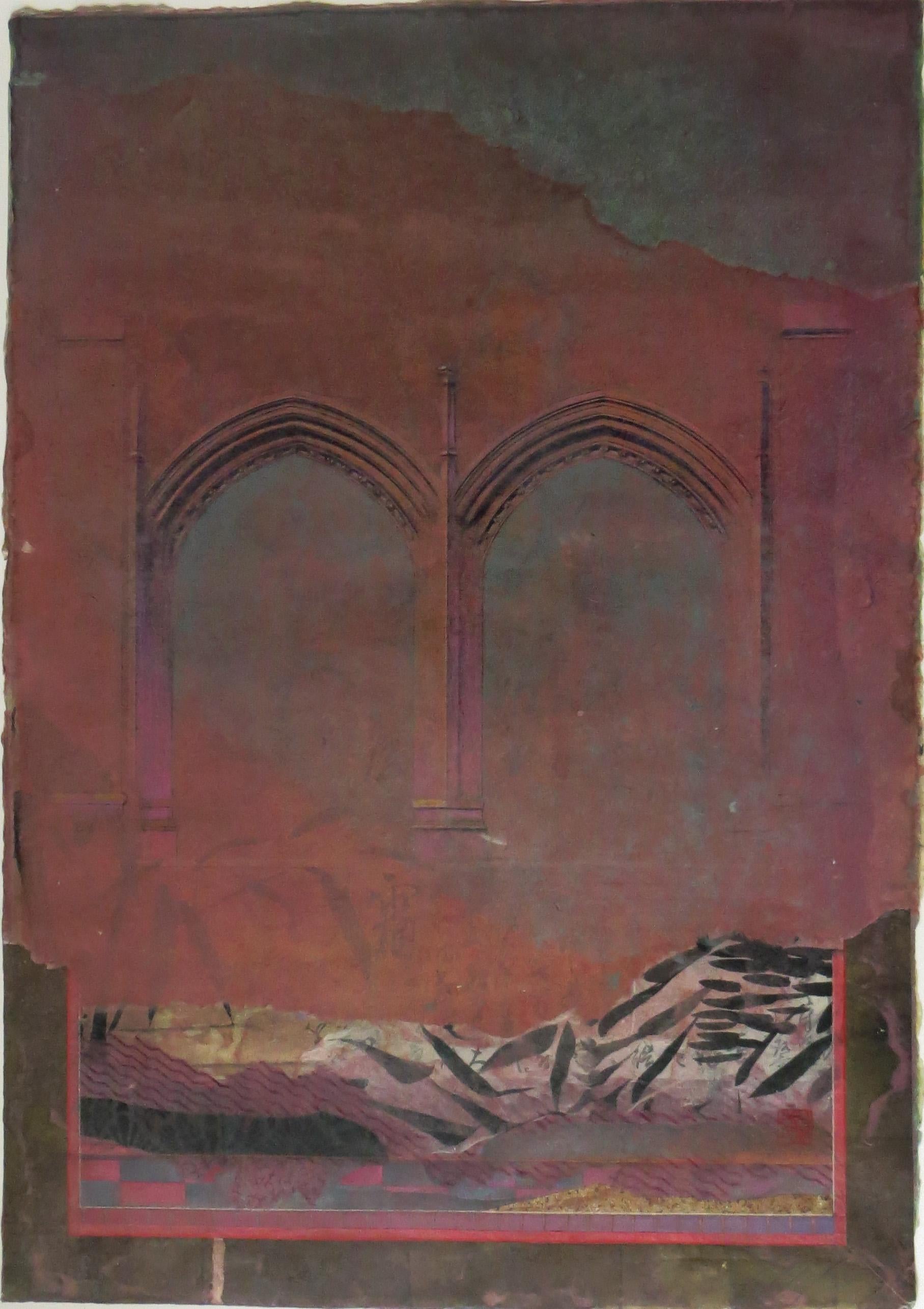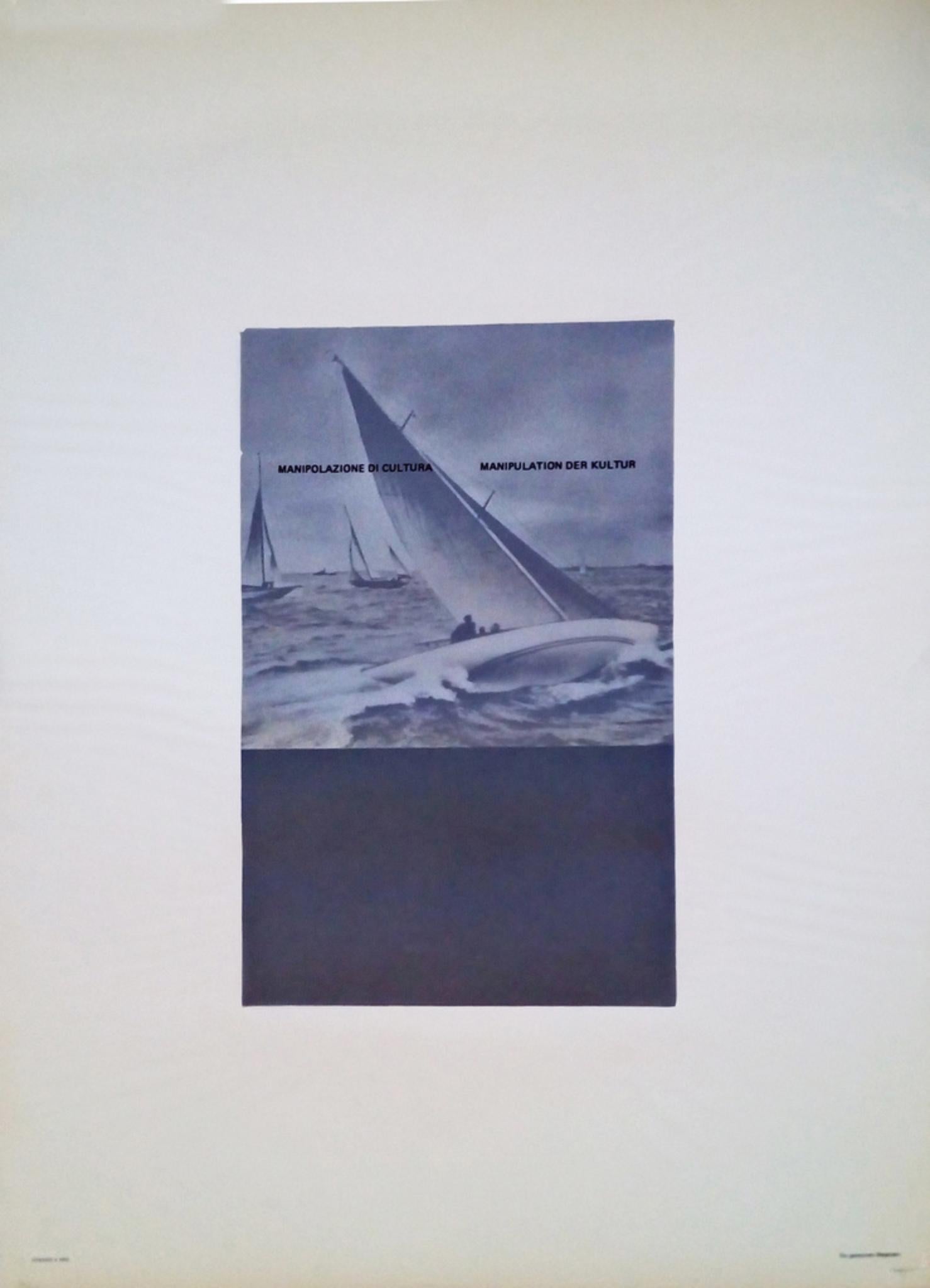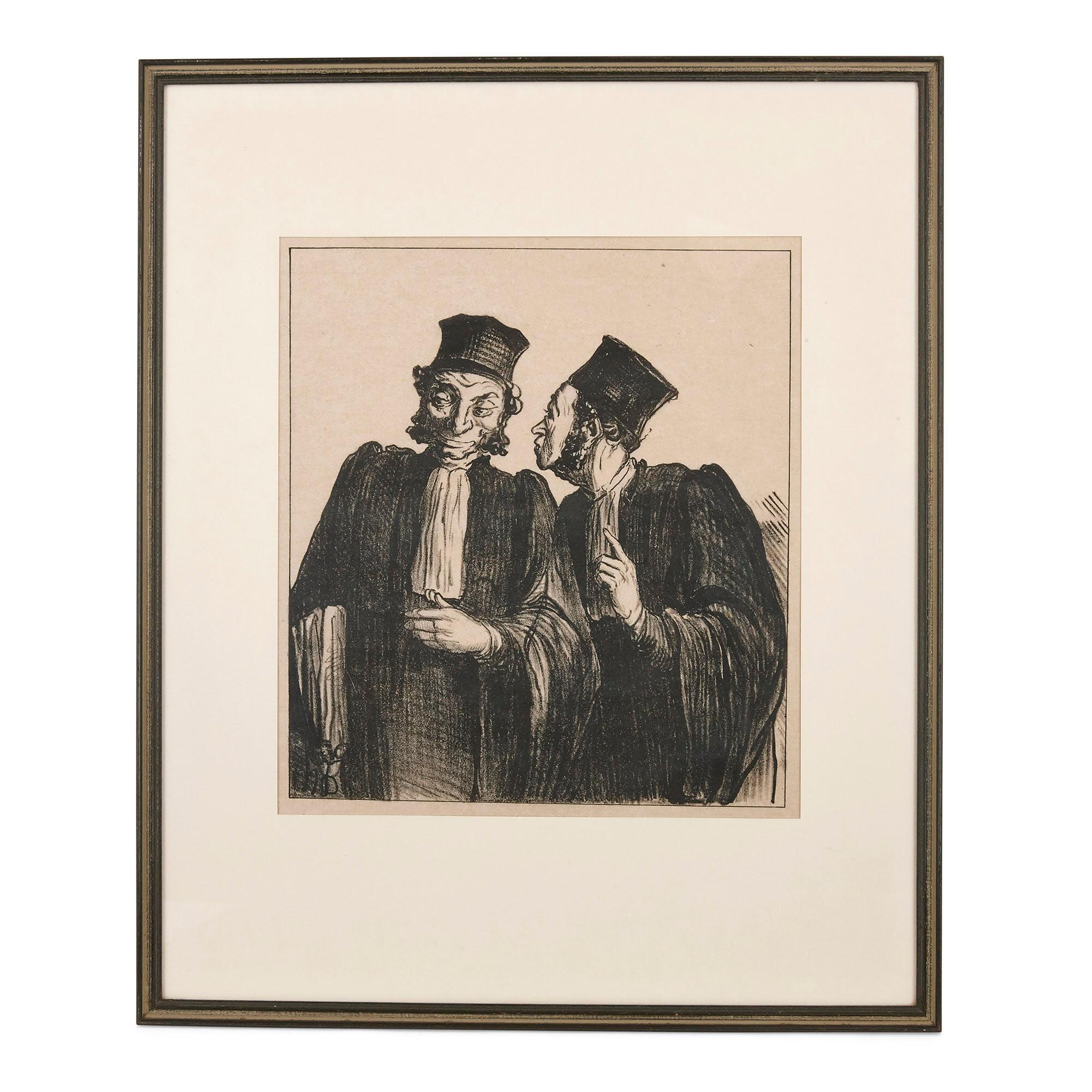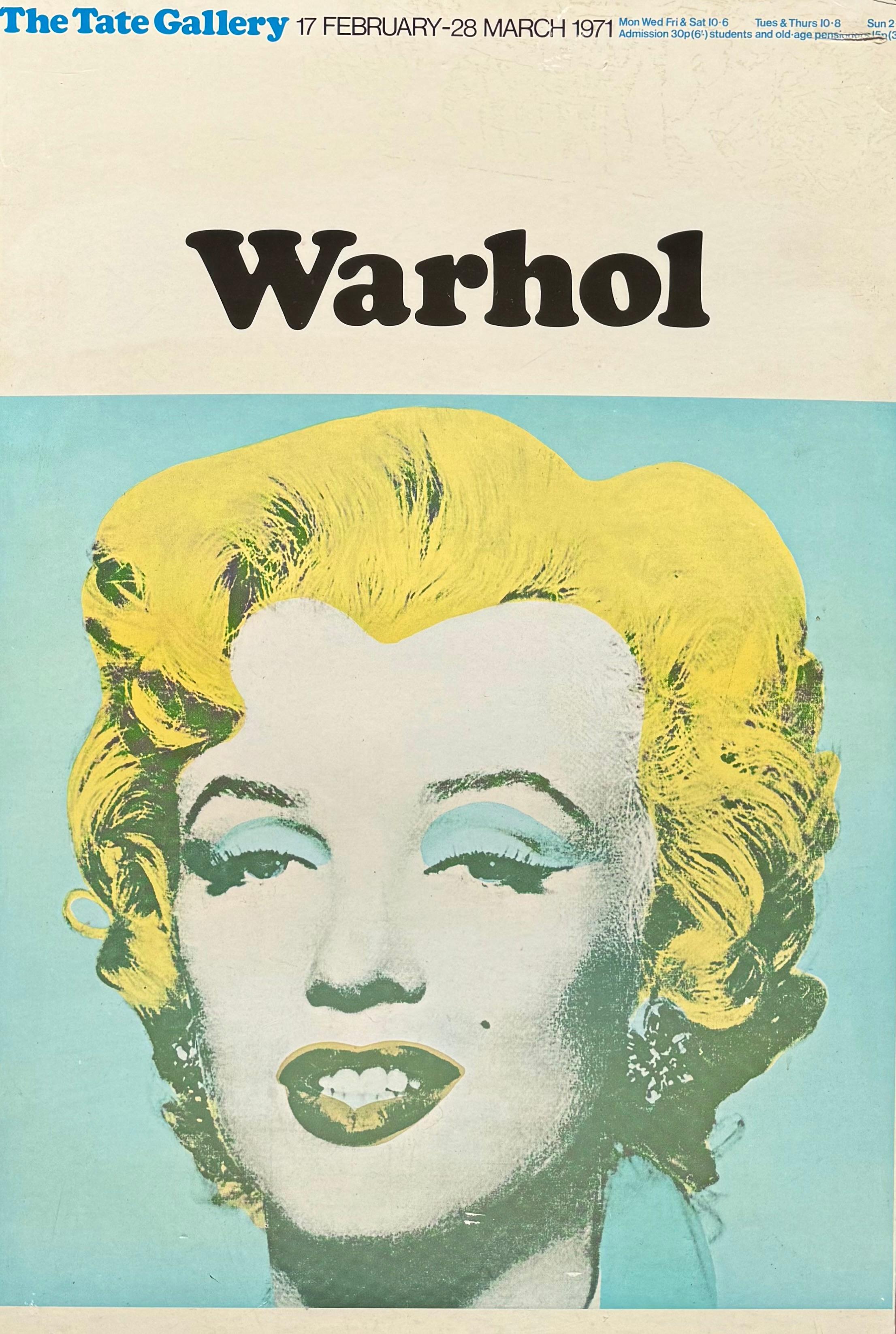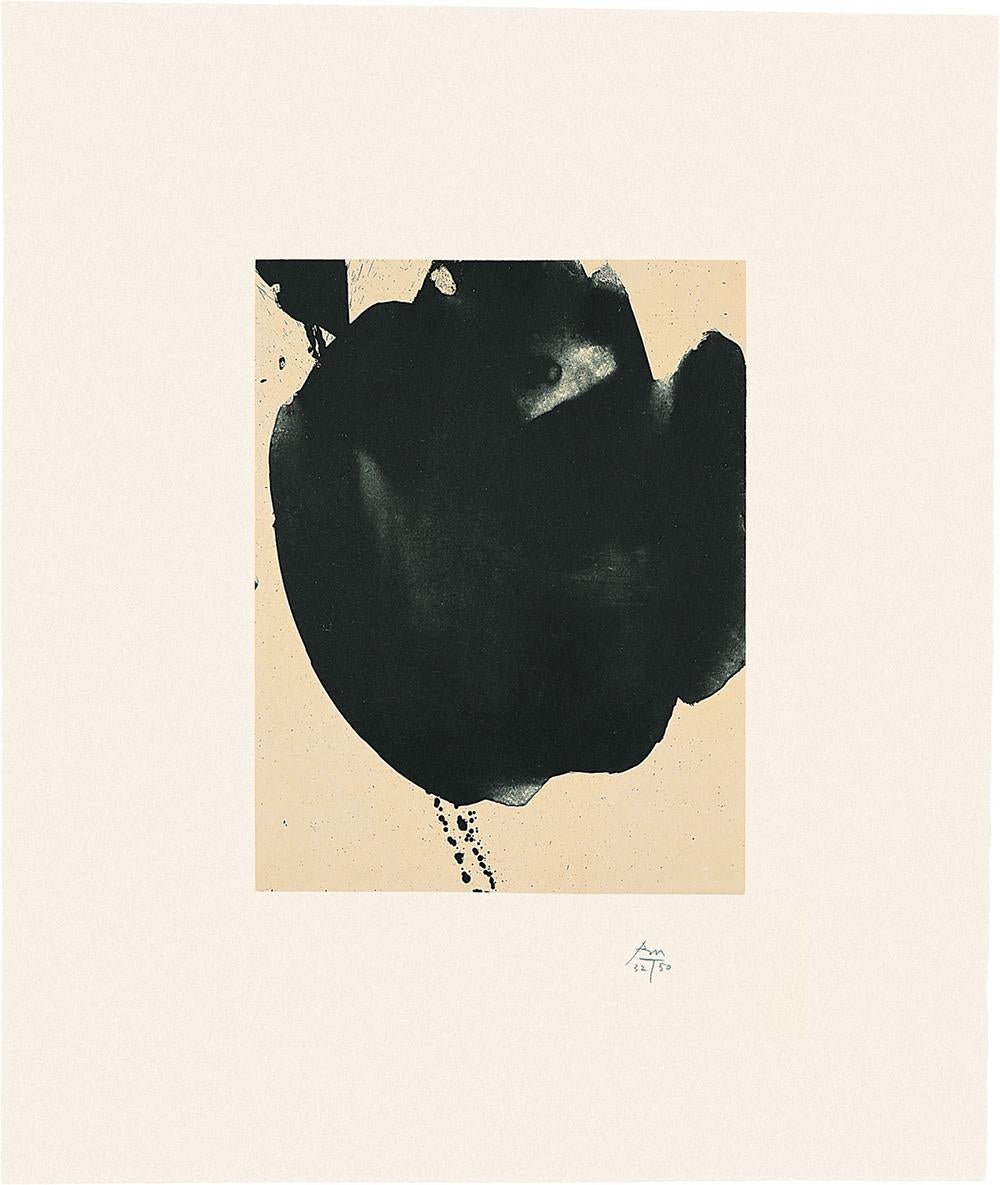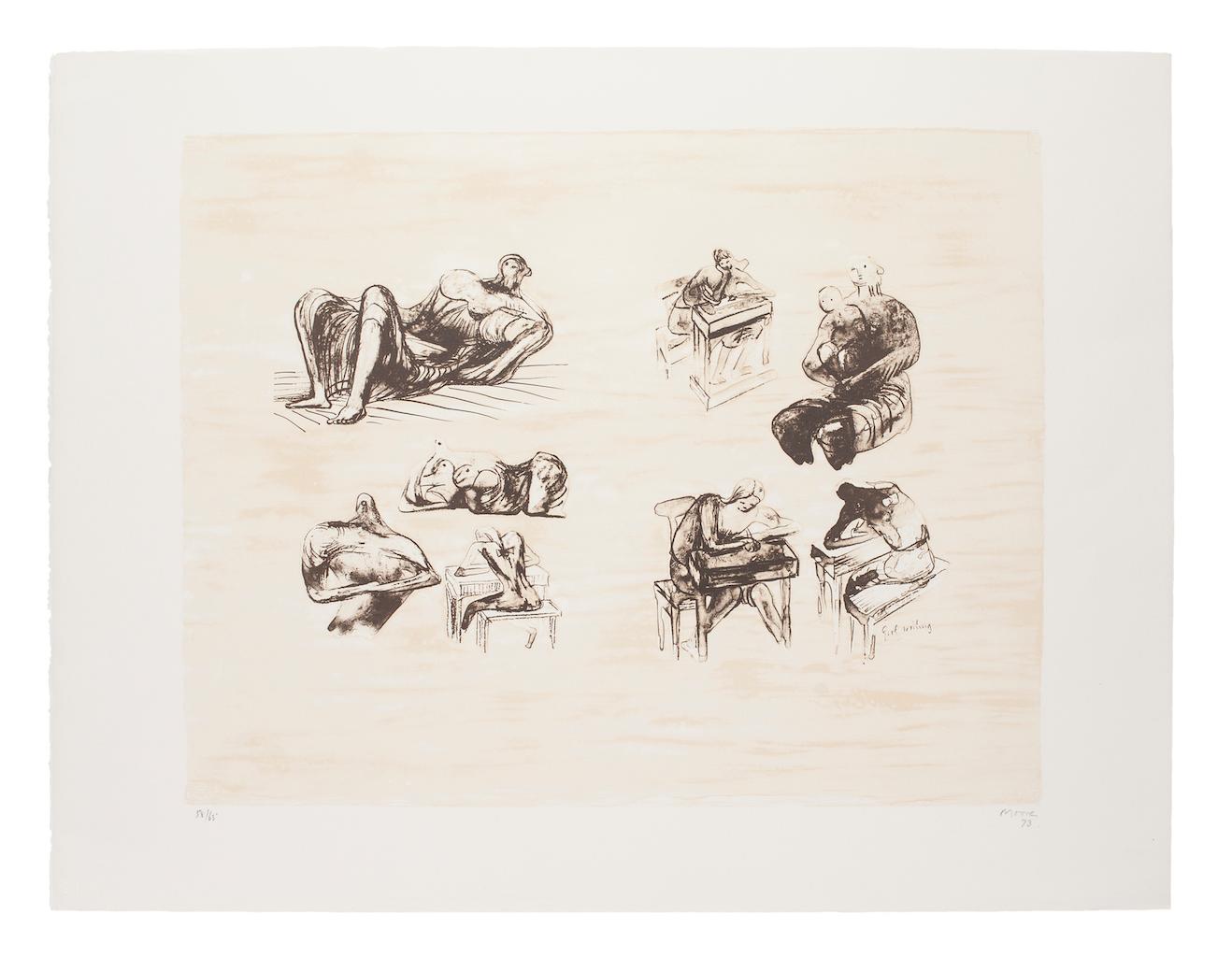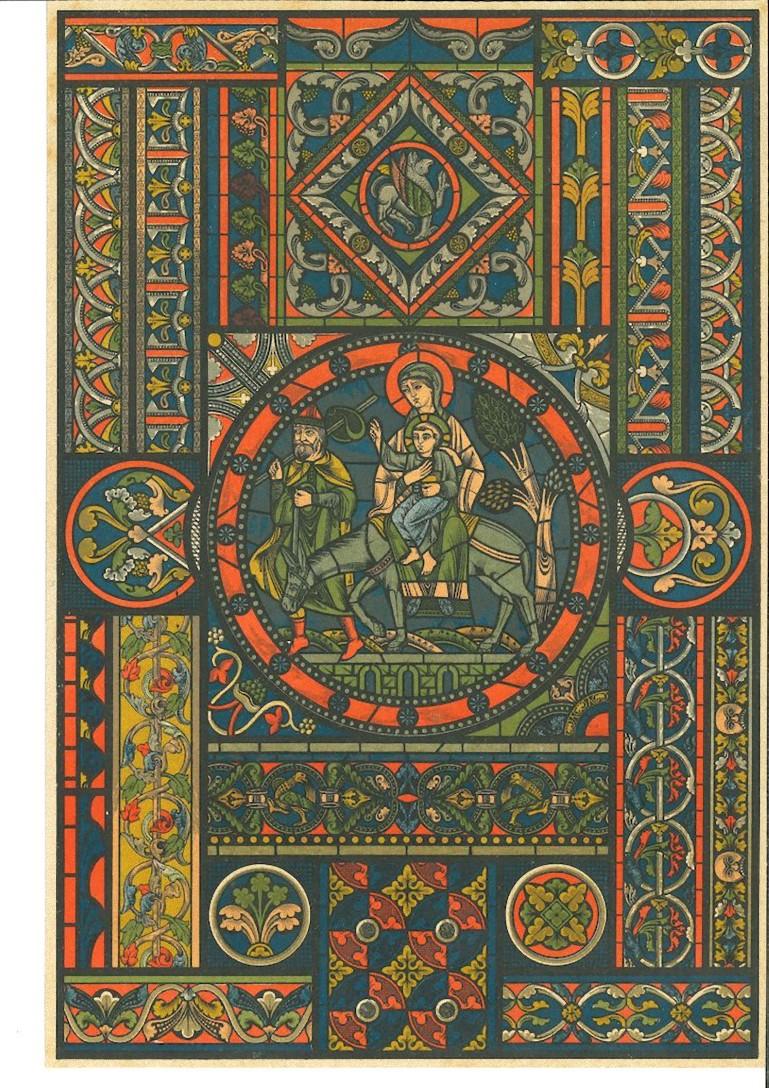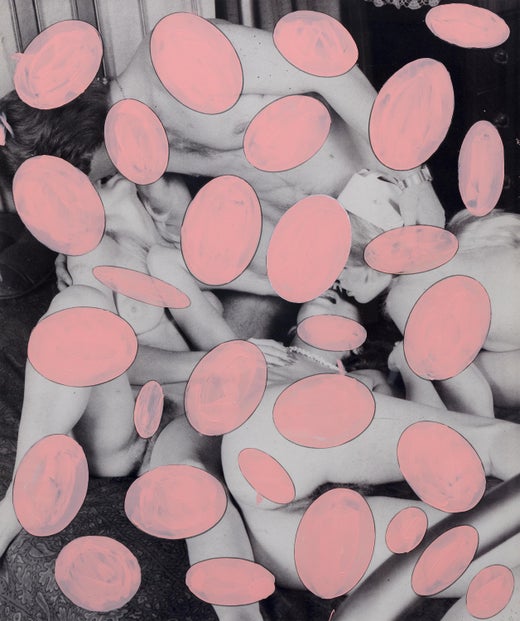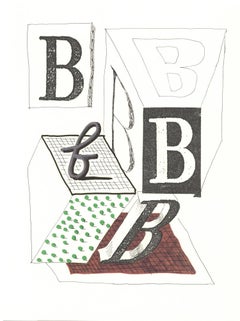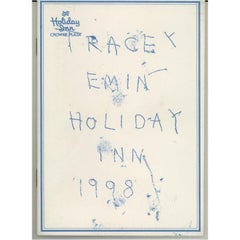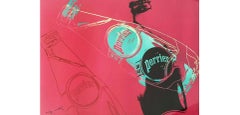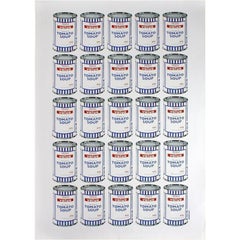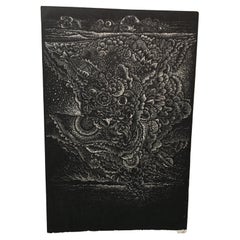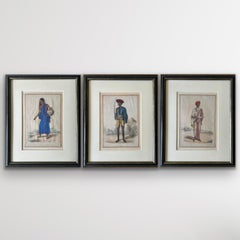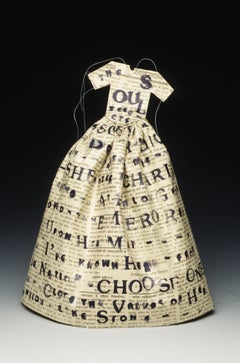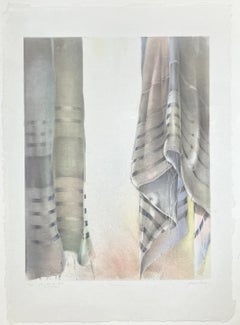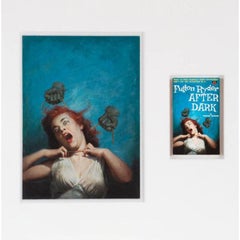
Richard Prince, Fulton Ryder After Dark, 2012
View Similar Items
Want more images or videos?
Request additional images or videos from the seller
1 of 6
Richard PrinceRichard Prince, Fulton Ryder After Dark, 20122012
2012
$8,269.18List Price
About the Item
- Creator:Richard Prince (1949, American)
- Creation Year:2012
- Dimensions:Height: 30.01 in (76.2 cm)Width: 25.99 in (66 cm)
- Medium:
- Period:
- Condition:
- Gallery Location:London, GB
- Reference Number:1stDibs: LU1608210474402
Richard Prince
Richard Prince (American, b.1949) is a painter and photographer, best known as a pioneer of Appropriation Art. Born in the Panama Canal Zone, Prince grew up in Massachusetts and moved to New York in 1977, where he prepared magazine clippings for Time-Life, spurring his interest in advertising and consumer imagery. He began creating works based on various pop culture images taken from magazines and newspapers, often re-photographing and manipulating the images in his own works. Considered by many the father of Appropriation Art, the majority of his works includes scandalous subject matter and has provoked controversy around issues of copyright in the art world. His famous Cowboys series of 1980s photographs, for example, was taken from Marlboro ad campaigns. In the mid-1980s, Prince shifted his interest from images to text, evident in his Jokes series, displaying appropriated jokes in ironic works. From his home in Upstate New York, Prince created his late Nurse Paintings series, inspired by pulp romance novels, as well as his own photographs of everyday rural and suburban life. He acquired an abandoned farmhouse near his home in 2001, which he turned into an installation site he called Second House, installing the interior with his sculptures, paintings, and his own books; the structure has been purchased by the Guggenheim Museum in New York, but was struck by lightning and destroyed in 2007. In the fall of that year, Prince’s work was the subject of a major retrospective at the Guggenheim Museum. Prince currently lives and works in Upstate New York.
About the Seller
5.0
Vetted Professional Seller
Every seller passes strict standards for authenticity and reliability
Established in 2018
1stDibs seller since 2021
236 sales on 1stDibs
Typical response time: 1 hour
Authenticity Guarantee
In the unlikely event there’s an issue with an item’s authenticity, contact us within 1 year for a full refund. DetailsMoney-Back Guarantee
If your item is not as described, is damaged in transit, or does not arrive, contact us within 7 days for a full refund. Details24-Hour Cancellation
You have a 24-hour grace period in which to reconsider your purchase, with no questions asked.Vetted Professional Sellers
Our world-class sellers must adhere to strict standards for service and quality, maintaining the integrity of our listings.Price-Match Guarantee
If you find that a seller listed the same item for a lower price elsewhere, we’ll match it.Trusted Global Delivery
Our best-in-class carrier network provides specialized shipping options worldwide, including custom delivery.More From This Seller
View All‘B’ from ‘Hockney’s Alphabet’
By David Hockney
Located in London, GB
By David Hockney
These lithographs are taken from the special edition of Hockney's Alphabet, which is signed on the justification page by David Hockney and Stephen Spender. A copy o...
Category
1990s Contemporary More Prints
Materials
Paper, Lithograph
Tracey Emin, Holiday Inn, Lithograph on Paper, 1998
By Tracey Emin
Located in London, GB
Tracey Emin, Holiday Inn, 1998
From a limited edition of 3000.
Excellent. Sold unframed.
5.71 x 4.13 in (14.5 x 10.5 cm)
Publisher, Gesellschaft für Aktue...
Category
20th Century Young British Artists (YBA) More Prints
Materials
Lithograph
Andy Warhol, Perrier - red
By Andy Warhol
Located in London, GB
Offset lithograph poster
23 3/5 × 17 1/2 in 60 × 44.5 cm
From an unknown edition
Plate signed
Category
20th Century Contemporary More Prints
Materials
Lithograph
Banksy, Soup Cans, Offset Lithograph on Paper, 2010
By Banksy
Located in London, GB
Banksy, Soup Cans, Offset Lithograph Poster on Paper, 2010
Offset lithograph poster on paper.
From an open edition (edition size unknown).
Excellent. This piece has never been frame...
Category
21st Century and Contemporary Street Art More Prints
Materials
Lithograph, Offset
Picasso Ceramiques Espagnoles 1964 exposition lithograph
By Pablo Picasso
Located in London, GB
Nature Mort lithograph by Estate Collection of Picasso
After Pablo Picasso
Pablo Picasso was a Spanish painter, sculptor, and co-founder of the Cubist movement, which revolutionize...
Category
1960s Contemporary More Prints
Materials
Lithograph
Richard Prince, The Greeting Card Jokes #3: Canada Dry, Foil-Stamped Print, 2011
By Richard Prince
Located in London, GB
Richard Prince, The Greeting Card Jokes #3: Canada Dry, Foil-Stamped Print, 2011
Foil-stamped print, on heavy wove paper, folded.
As new condition, never f...
Category
21st Century and Contemporary Contemporary More Prints
Materials
Paper
You May Also Like
Modern Pair of Oriental Numbered and Signed Etching
Located in Roma, IT
1970s Pair of black and white important numbered and signed etching.
Japan 1973.
Every item of our Gallery, upon request, is accompanied by a certificate of authenticity issued by S...
Category
1970s Modern More Prints
Materials
Paper, Lithograph
India early 19th century hand coloured Lithographs Rare Fanny Parks
Located in Norfolk, GB
Three hand-coloured lithographs from:
Fanny Parks (1794-1875)
Wanderings of a Pilgrim, in search of The Picturesque, During four and twenty years in the East with, Revelations of L...
Category
1850s Other Art Style Figurative Prints
Materials
Paper, Lithograph, Pigment
SMALL POEM DRESS
By Lesley Dill
Located in New York, NY
LESLEY DILL
SMALL POEM DRESS, 1993
lithograph on Hindi newsprint
10 x 3 x 2 in. 25.4 x 7.6 x 5.1 cm.
edition of 10
image may be slightly different. Please request exact image if int...
Category
1990s Contemporary More Prints
Materials
Newsprint, Lithograph
Opening
By Joseph Goldyne
Located in San Francisco, CA
Artist: Joseph Goldyne American (1942 - )
Title: Opening
Year: 1984
Medium: 14-color lithograph printed offset from 8 plates
Image Size: 23.75 x 18 inches
Sheet size: 31 x 22.5 i...
Category
1980s Realist Still-life Prints
Materials
Paper, Lithograph
Hawaiian Icon
By Robert Freimark
Located in San Francisco, CA
Artist: Robert Freimark – American (1922-2010)
Title: Hawaiian Icon
Date: 1991
Medium: Lithograph in 5 colors on Somerset paper
Image size: 22 x 30 inc...
Category
1990s Contemporary More Prints
Materials
Paper, Lithograph
Counterpoint Gothic VI
Located in San Francisco, CA
This work on paper is by Donald Farnsworth (1952-). It is titled Counterpoint Gothic VI. It measures 29.5 x 21 inches the sheet, 38.5 x 29.75 inches ...
Category
1980s Modern More Prints
Materials
Paper, Handmade Paper, Lithograph, Monotype
Recently Viewed
View AllMore Ways To Browse
Vintage Food Press
Had Gadya
Shepard Fairey Power
Vintage Safety Posters
Vintage Us Navy Posters
Motivation Poster
Nazi Flag
Naval Aviation Poster
Antique Astronomy Print
Original Movie Posters
Goat Chagall
San Leandro
Valencia Vintage Poster
Robert Indiana Love Screenprint
Cornwall Poster
Twa Vintage Print
Leningrad Poster
Marble Owl Sculpture
